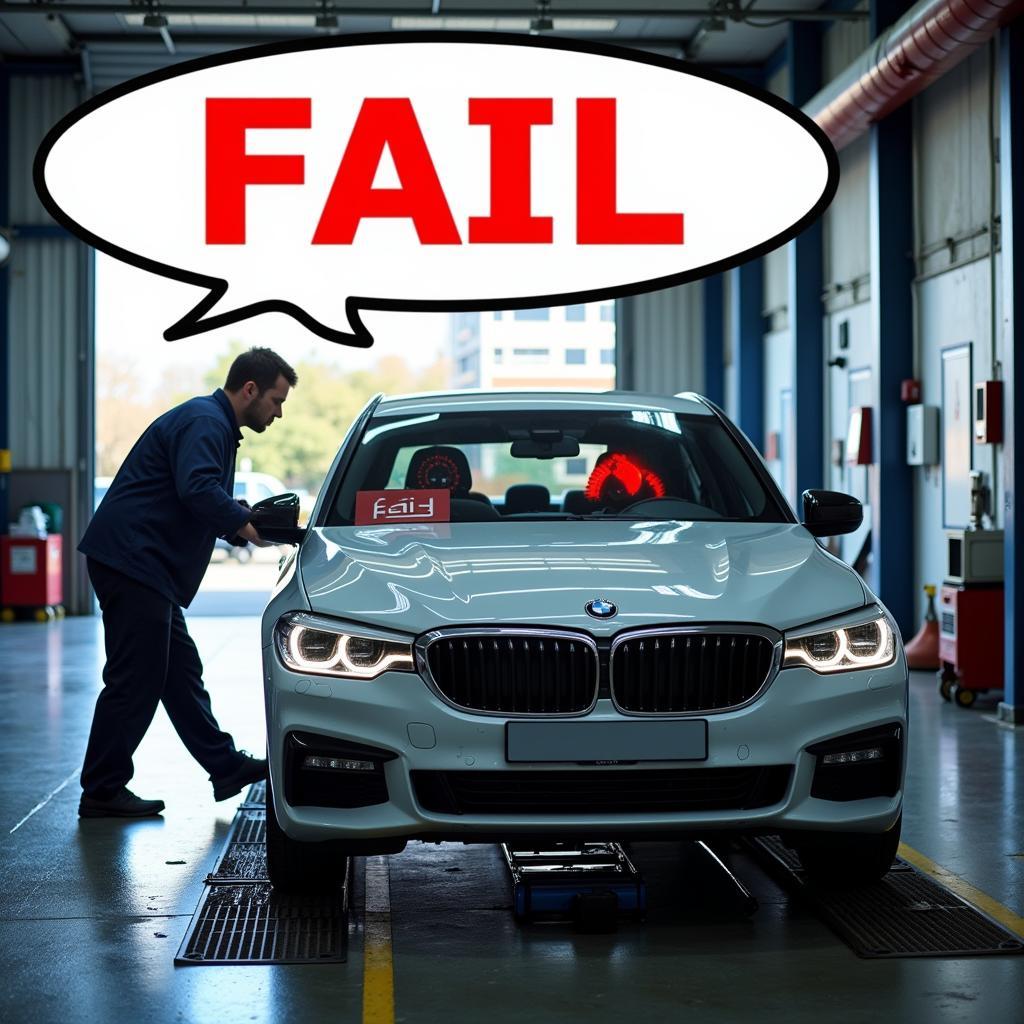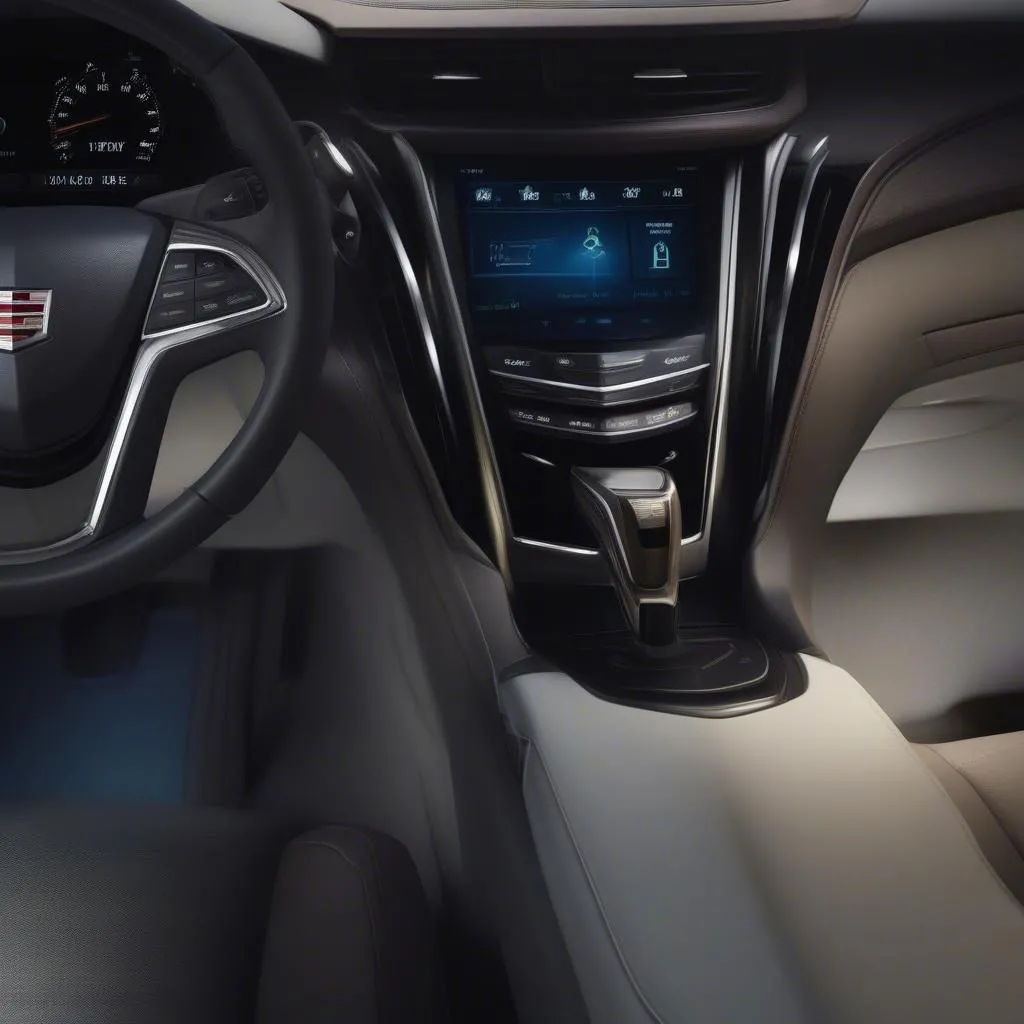You just replaced your key fob battery, expecting your car to unlock with a satisfying beep. But instead, you’re met with…nothing. Don’t worry, you’re not alone. This is a common issue, and the good news is, it’s usually an easy fix. Before you schedule a costly trip to the dealership, let’s troubleshoot some potential reasons why your key fob is acting up and get you back on the road in no time.
Common Reasons Your Key Fob Isn’t Working After a Battery Change
While a dead battery is often the culprit behind a malfunctioning key fob, there are several other possibilities to consider:
- Improper battery installation: It might seem straightforward, but double-check that you’ve inserted the new battery correctly. Pay close attention to the positive (+) and negative (-) terminals.
- Battery type mismatch: Car key fobs require specific types of batteries. Make sure you’ve replaced the old battery with the exact same type and model as recommended in your car’s owner’s manual.
- Programming issues: Some cars require you to reprogram your key fob after a battery change. Your owner’s manual will outline the specific steps for your car model.
- Key fob damage: Physical damage, like water exposure or impact, can affect the internal components of your key fob and prevent it from functioning properly.
- Receiver module problems: In some cases, the issue may not be with your key fob at all, but with the car’s receiver module. This module is responsible for receiving the signal from your key fob, and if it’s faulty, your car won’t recognize the signal even with a new battery.
Troubleshooting Steps to Get Your Key Fob Working Again
Here’s a step-by-step guide to help you diagnose and potentially solve the issue:
- Check the Battery Installation: Remove the new battery and visually inspect it for any damage. Ensure it’s the correct type and that it’s properly seated in the key fob compartment, aligning the positive and negative terminals. If possible, test the battery with a multimeter to confirm it holds the correct voltage.
- Consult Your Owner’s Manual: This should be your go-to resource. It will detail the correct battery type for your key fob, any reprogramming steps needed after a battery change, and may even have troubleshooting tips specific to your car model.
- Try Reprogramming the Key Fob: Many modern cars allow you to reprogram your key fob at home using a simple sequence with your car’s ignition and lock/unlock buttons. Your owner’s manual will provide specific instructions for your vehicle.
- Inspect Your Key Fob for Damage: Look for any visible cracks, dents, or signs of water damage. If your key fob got wet, try drying it out completely before reinserting the battery.
- Test the Key Fob Range: Stand close to your car and try locking/unlocking it. Gradually increase the distance to assess the key fob’s signal strength. A weak signal may indicate a need for a new key fob.
When to Seek Professional Help
If you’ve exhausted all troubleshooting options and your key fob is still not working, it’s best to consult a professional automotive locksmith or dealership. They have the expertise and specialized equipment to diagnose more complex issues, such as:
- Faulty key fob: Internal damage to the key fob’s circuitry may require professional repair or replacement.
- Malfunctioning receiver module: If the receiver module in your car is faulty, it will need to be replaced by a qualified technician.
“It’s important to remember that attempting to repair or reprogram your car’s electronics yourself can be risky,” advises John Smith, Senior Automotive Electrician at XYZ Auto Services. “Improper handling can lead to further damage and potentially void your car’s warranty. It’s always best to err on the side of caution and seek professional help when needed.”
Conclusion
A non-responsive key fob after a battery change can be frustrating, but by following these troubleshooting steps, you can often identify and resolve the issue yourself. Remember to consult your owner’s manual for model-specific instructions, and don’t hesitate to seek professional help if you’re unsure about any step or if the problem persists. By addressing the problem promptly, you can regain control of your vehicle and get back on the road with peace of mind.


